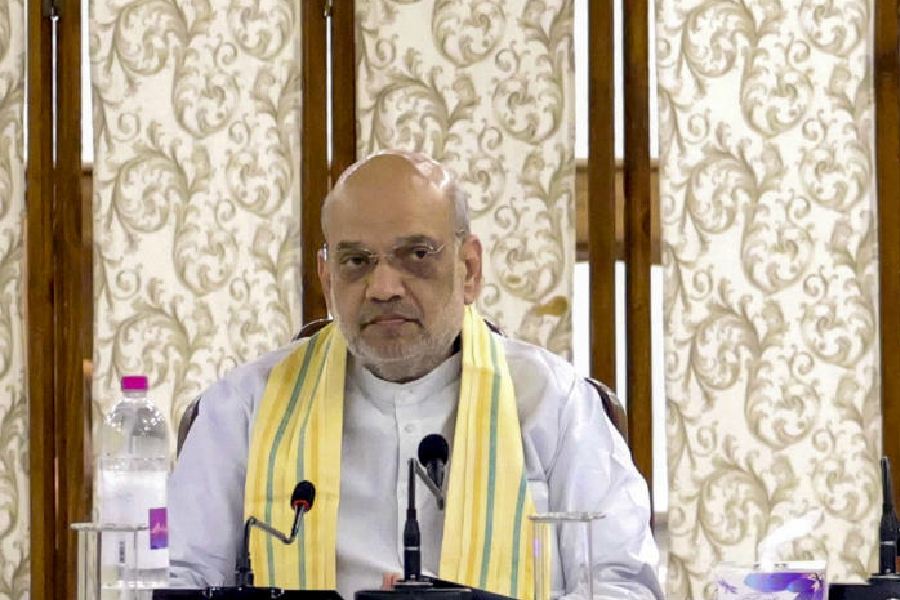
Strength in today’s physical training world can be used in various contexts, and it is perhaps the most important piece of the puzzle for a well-thought-out athletic preparation plan. Strength plays a vital role in many athletic requirements such as endurance, speed, power and skill. Strength, however, is not always one-dimensional in sports, as it is often perceived.
Twenty years back, resistance training among cricketers was frowned upon. People thought it would make cricketers slow (I do not blame them as the bodybuilding world did scare most coaches). However, most people did not realise that explosively swinging a cricket bat for hours or adding 12 times of ground reaction forces on one leg bowling fast were actually extreme forms of resistance training.
As the number of games increased, more cricketers got injured due to lack of a systematic strength base. If we go back and look at the history of cricket between 1970 and 1990 and compare it to post-2000, we can clearly see that there are significant changes in format, rules and number of matches played in a year. It is the transition time between the mid to late ’90s and 2010 that most non-contact injury incidents were documented in cricket.
Fast forward today and we find many posts on the Internet reporting strength (pure force production spectrum) as the ultimate solution to every problem. Some of the fast bowlers even train like powerlifters and chase numbers in the gym, which is not only unnecessary but also dangerous. Strength is seen from a very one-dimensional force production point of view.
As I mentioned earlier, strength is the foundation for many other qualities and it is more of a means to an end rather than an end in itself for most cricketers. If you are a weightlifter or a powerlifter it is a different story — you have 365 days to train the lifts and get strong. But if you are a cricketer, you will need to be fit to play most matches for your team.
Most people do not realise that chasing three times or more body weight in compound lifts in exercises such as dead lifts, squats and bench press will still not meet the demands of repeated eccentric loading of the tissues among fast bowlers. There are various ways to get a cricketer strong and incorporating a pure force production template will never be adequate.

Moderation is the key
We live in a world that attracts solutions to a problem in a black-and-white spectrum and that explains why we end up under-reacting to certain things in life and overreacting to compensate for it. Physical preparation of cricketers is no different. First, we dismissed the value of getting cricketers strong, and now we are overcompensating with numbers in the weight room that belong to a different sport. Below are a few points to help physically prepare cricketers without under-reacting and overreacting to strength/resistance training.
1 It takes time to build maximal strength. Besides strength, cricketers also need to apply other qualities such as speed and skills to their sport. Therefore, it may be more important to get cricketers strong enough to play the sport, increase longevity and durability, and to achieve them they neither need to get a squat score of three times their body weight nor do they have the time for it.

2 Build purposeful and productive strength. Strength should neither be fixated on pure force production spectrum, nor on unrealistic unstable work performed on equipment such as a Bosu ball in the name of specificity. Build foundation and basics with authentic movement.
3 The lever will always play a part in strength training — basic physics. Expecting some of the tall fast bowlers to be performing like weightlifters and powerlifters is trying to put round pegs in square holes. The longer the limbs compared to the torso, the greater the distance a bar travels. There must be a very good reason why most weightlifters do not have long levers or why athletes with shorter limbs choose sports such as gymnastics and weightlifting.
4 Progressively build dynamic strength — eccentric, isometric, concentric and reactive — to accommodate the stress encountered in cricket.
5 Multiplanar and unilateral movement strength — cricket is not played on one plane, so rotational power and transferring force from one leg to the other is vital.

6 Monitor recovery and also consider the stress from both the sympathetic and the parasympathetic nervous system when designing resistance training during the season. Stress encountered during a central nervous system-driven resistance training session, such as plyometric, and heavy lifts will be very different to stress encountered in a low-intensity long endurance-based work for a cricketer. Therefore plan strength training wisely, particularly during the season.
Kaushik Talukdar is the founder and CEO of Athlete Institute. Check it out at http://athlete.institute










